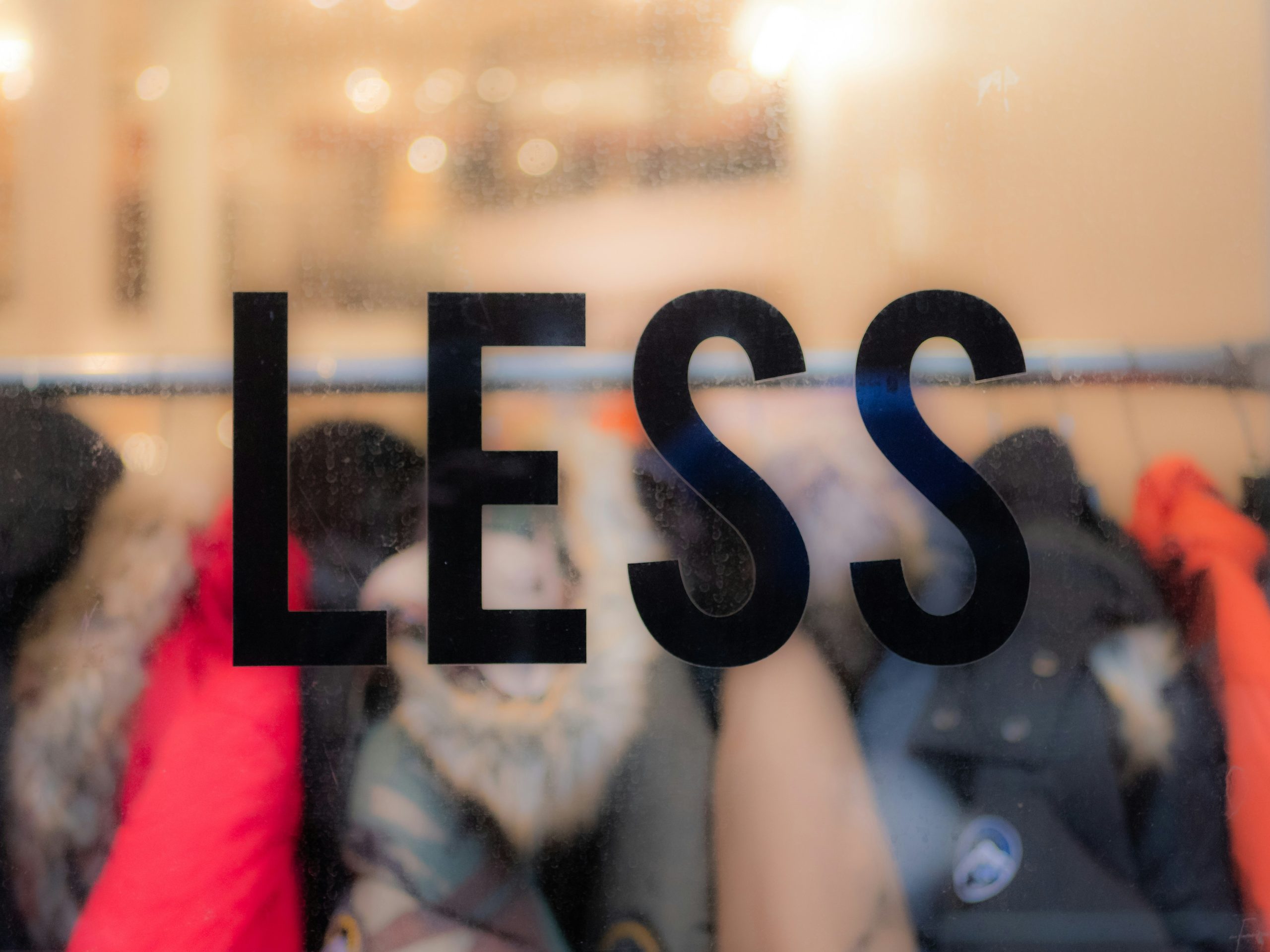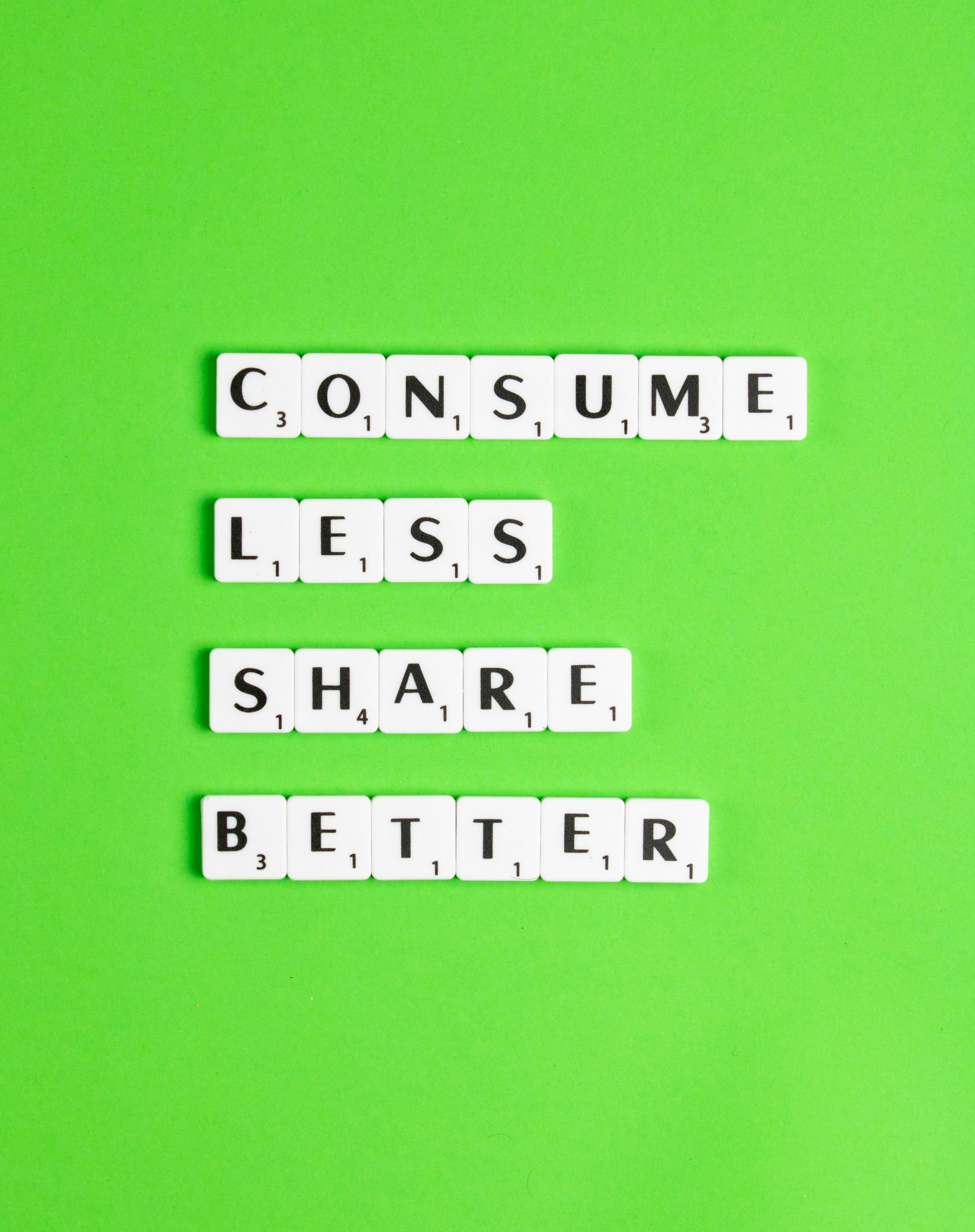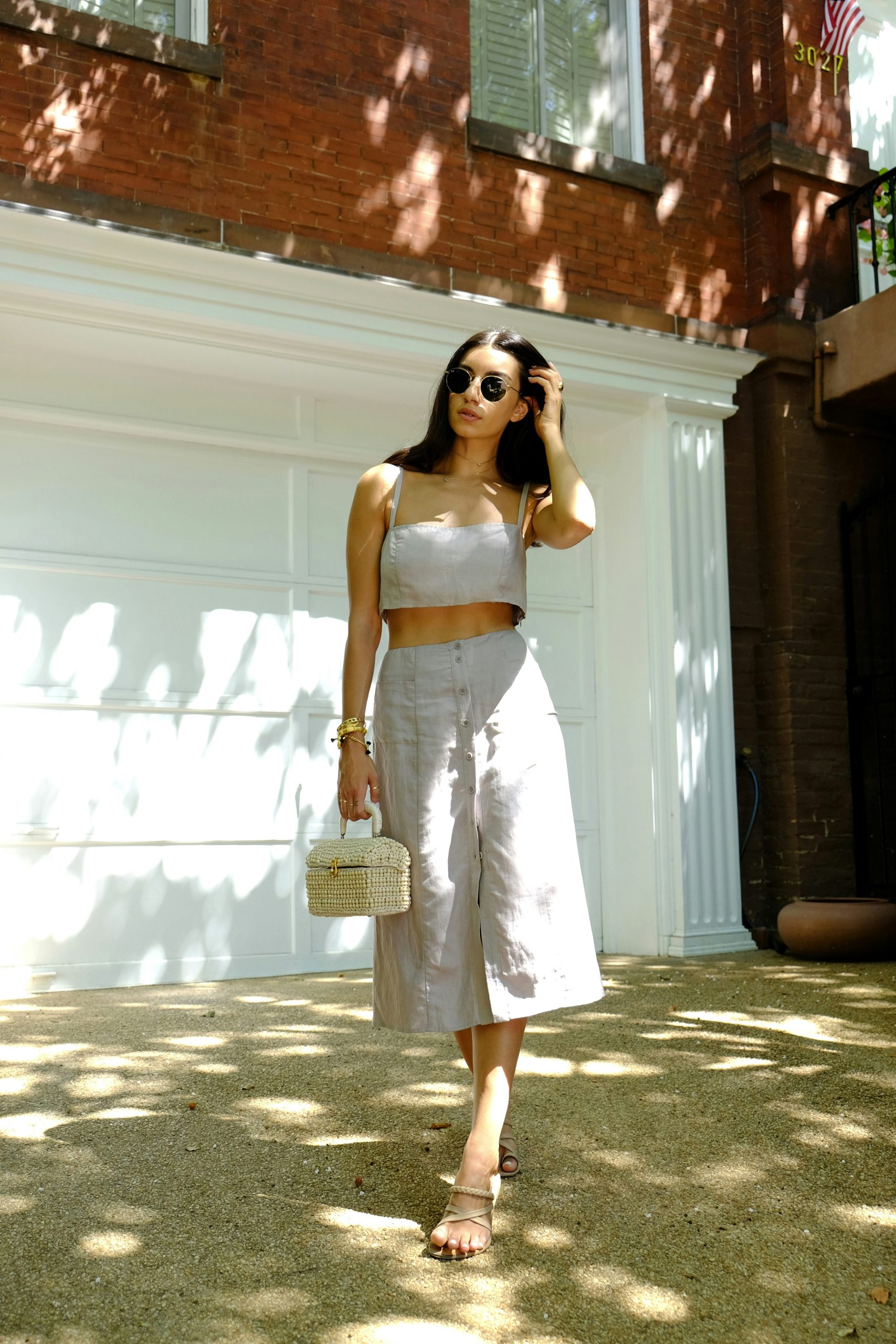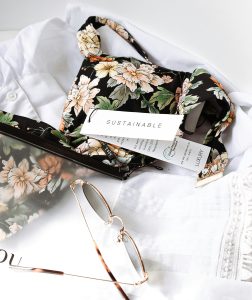In “What Is Sustainable Fashion?”, we dive into the essence of eco-friendly clothing choices and ethical practices in the fashion industry. Together, we explore how sustainable fashion intersects with environmental consciousness and social responsibility, making it easier for us to make informed, responsible choices. Sustainable fashion encourages us to think about what we wear, how it’s made, and the impact it has on our planet and the people who create it. This movement is not just a trend but a collective effort towards a greener, more equitable future. Have we ever stopped to think about where our clothes come from or their impact on the environment and society? Sustainable fashion is an emerging movement within the fashion industry addressing these very concerns. As we navigate through this article, we will explore what sustainable fashion is, why it is important, and how we can contribute to a more sustainable future through our clothing choices.

Understanding Sustainable Fashion
What Is Sustainable Fashion?
Sustainable fashion refers to the approach that aims to create a system which can be supported indefinitely in terms of environmental and social impact. It encompasses everything from the design, production, and distribution to the wearing and disposal of clothing. At its core, the goal is to minimize the negative impacts on our planet and people, promoting a more ethical way of consuming fashion.
Why Does It Matter?
Sustainable fashion matters because the traditional fashion industry is among the most polluting and exploitative industries globally. From textile waste to water pollution, the conventional fashion model is unsustainable. By turning our attention to sustainable fashion, we aim to protect our environment, save valuable resources, and uphold human rights and fair labor practices.
The Pillars of Sustainable Fashion
To truly embrace sustainable fashion, we need to understand its foundational pillars, which include:
- Environmental Sustainability: This involves minimizing waste, reducing the carbon footprint, using sustainable materials, and promoting recycling and upcycling.
- Economic Sustainability: This focuses on creating a fashion industry that supports fair wages, safe working conditions, and ethical labor practices.
- Social Sustainability: This pillar centers on ensuring the fashion industry respects human rights and promotes social wellbeing.
The Concept of Slow Fashion
Slow fashion is a subset of sustainable fashion that contrasts sharply with the “fast fashion” model. It promotes buying less, choosing well, and making clothes last. Slow fashion encourages us to think about quality over quantity and to appreciate the craftsmanship and effort that goes into making our clothes.
The Environmental Impact of Fashion
Water Usage and Pollution
The traditional fashion industry is notorious for its excessive water consumption and pollution. It takes approximately 2,700 liters of water to produce a single cotton t-shirt, not to mention the chemicals used in dyeing and finishing processes which often end up in our water systems.
Textile Waste
Every year, millions of tons of textiles are discarded, contributing to significant waste problems. Much of this waste ends up in landfills, taking years to decompose and releasing harmful chemicals into the environment.
Carbon Footprint
The carbon emissions from the fashion industry are staggering, contributing to climate change. The production, transportation, and disposal of clothing all contribute to the fashion industry’s carbon footprint.
Impact on Biodiversity
Unsustainable farming and production practices can lead to habitat destruction and loss of biodiversity. Monoculture farming for textiles like cotton can degrade soil health and reduce biodiversity.

The Social Impact of Fashion
Labor Practices
The fashion industry has a long history of exploitative labor practices. Many workers in the industry toil in unsafe conditions for meager wages. Sustainable fashion champions ethical labor practices, ensuring fair wages and safe working environments.
Community Impact
Unsustainable practices can negatively affect local communities, particularly in developing countries. Pollution, water overuse, and poor labor practices can impede community development and reinforce cycles of poverty.
Making Fashion Sustainable: Strategies and Practices
Ethical Sourcing and Production
One of the keystones of sustainable fashion is ethical sourcing and production. This involves:
- Fair Trade: Ensuring fair wages and safe working conditions for all workers in the supply chain.
- Organic Materials: Using materials grown without harmful pesticides and fertilizers.
- Recycled Materials: Incorporating recycled fabrics into new clothing items.
Reducing Waste
Reducing waste is a critical aspect of sustainable fashion. Strategies include:
- Zero-Waste Design: Designing patterns that utilize every inch of fabric.
- Upcycling: Re-purposing existing garments into new items.
- Recycling: Transforming old garments into new fibers and fabrics.
Sustainable Materials
Choosing sustainable materials reduces environmental impact. Some of these materials include:
| Material | Description |
|---|---|
| Organic Cotton | Grown without synthetic pesticides or fertilizers. |
| Hemp | Requires little water and few nutrients to grow. |
| Bamboo | Fast-growing and requires minimal resources. |
| Recycled Polyester | Made from recycled plastic bottles. |
Minimalism and Mindful Consumption
Embracing minimalism and mindful consumption means buying fewer pieces and choosing high-quality items that last longer. This approach reduces waste, supports sustainable brands, and encourages thoughtful consumption.
Local and Ethical Brands
Supporting local and ethical brands helps ensure that we’re contributing to a more sustainable and fair fashion industry. These brands often prioritize sustainable practices, local production, and ethical labor practices.

What Can We Do?
Educate Ourselves
Knowledge is power. The more we know about sustainable fashion, the better choices we can make. There are numerous resources available online, such as documentaries, articles, and social media channels dedicated to sustainable fashion.
Shop Secondhand
Buying secondhand reduces the demand for new clothing and helps cut down on waste. Thrift stores, vintage shops, and online platforms like Depop and Poshmark are great places to start.
Care for Our Clothes
Maintaining our clothes helps them last longer and reduces the need to buy new items. This means washing them properly, repairing tears, and storing them correctly.
Participate in Clothing Swaps
Clothing swaps are a fun and sustainable way to refresh our wardrobes without buying new clothes. Gather friends and family or join local swap parties to trade clothes.
Support Sustainable and Ethical Brands
Supporting brands that prioritize sustainability and ethical practices is a powerful way to show the fashion industry that we care about these issues. Look for certifications like Fair Trade, GOTS (Global Organic Textile Standard), and B Corp when shopping.
Challenges of Sustainable Fashion
Cost
Sustainable fashion can often be more expensive due to the higher quality and ethical production practices. However, investing in fewer, higher-quality items can be more economical in the long run.
Accessibility
Sustainable fashion is not always accessible to everyone. There can be limited availability, especially in smaller towns or rural areas. Online shopping and secondhand stores can help bridge this gap.
Transparency
Not all brands are transparent about their practices, making it difficult to make informed choices. We need to do our homework and support brands that are open about their supply chains and practices.

The Future of Sustainable Fashion
Innovations in Materials
Innovations in sustainable materials are driving the future of fashion. For example, lab-grown leather, biodegradable textiles, and plant-based dyes are paving the way for more sustainable options.
Circular Fashion Models
Circular fashion models aim to keep clothes in use for as long as possible and then recycle them back into the system. This reduces waste and the need for new raw materials.
Consumer Demand
As more of us demand sustainable options, the fashion industry will respond. By choosing sustainable fashion and spreading awareness, we can drive change in the industry.
Policy and Regulation
Government policies and regulations can help promote sustainable practices within the fashion industry. This might include stricter environmental regulations, better labor laws, and incentives for sustainable businesses.
Conclusion
Sustainable fashion represents a crucial shift towards more ethical, environmentally friendly choices in the fashion industry. By embracing sustainable practices, we can help reduce the negative impact of our clothing on the planet and its people. From understanding what sustainable fashion is and recognizing its importance, to adopting mindful shopping habits and supporting ethical brands, every small step we take contributes to a larger movement towards a sustainable future.
By staying informed and making conscious choices, we can be part of a transformative movement that reshapes the fashion industry for the better. Let’s take this journey together towards a more sustainable, ethical, and stylish future.



